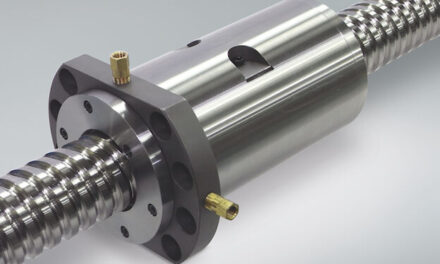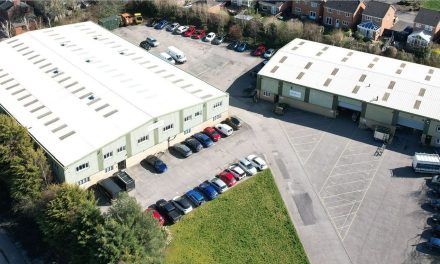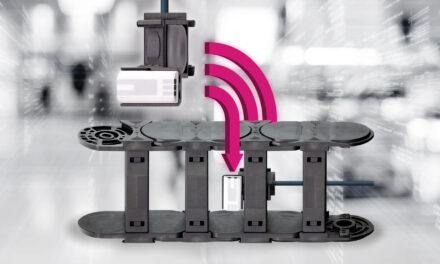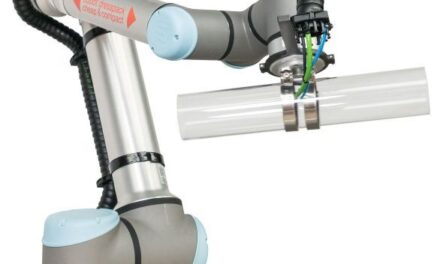Although wedge riveted conveyor chain tends to be standard, what are the benefits of specifying spin riveted chain for critical applications? Renold Chain comments.
Experiencing problems with the conveyor chain at its site, a manufacturer sent an inspection team to Renold Chain’s Bredbury Service Centre to check on the quality of its spin riveting process and see whether this would provide a better option.
The manufacturer was using a large amount of conveyor chain which was fitted with attachments that had to carry very heavy loads through underground chambers that were inherently dirty and foul smelling. With the load on the chain’s side plates causing them to work loose over time and eventually come off, an engineer would then have to descend into the chambers to carry out repairs.
To overcome the issue the company decided to specify replacement conveyor chain with spin riveted side plates as the solution. Not only would this virtually eliminate the need for the engineers to enter the unpleasant environment to carry out repairs, but the spin riveted chain would also cut maintenance generally and increase productivity.
Wedge riveting is cheaper and quicker than spin riveting, so is often a standard solution, Renold explains. While it is fine on most applications, especially where the side plates are not fitted with load carrying attachments, spin riveted conveyor chain provides enhanced side plate security. Alec Annand, the manager of Renold Chain’s customer service centre, therefore recommends that all engineers specifying custom designed conveyor chain, with attachments, should consider the benefits of spin riveting as an option, due to the extra side plate security that this provides.
The spin riveting process
During the spin riveting process, which takes place at Renold’s customer service centre, the pins are end softened to prevent cracking during riveting and to provide easier on-site installation, riveting and dismantling for customers. The spin rivet itself has a mushroom-like head and provides much greater surface area contact with the side plate – and it is this feature that provides the enhanced security of the chain’s side plates.



